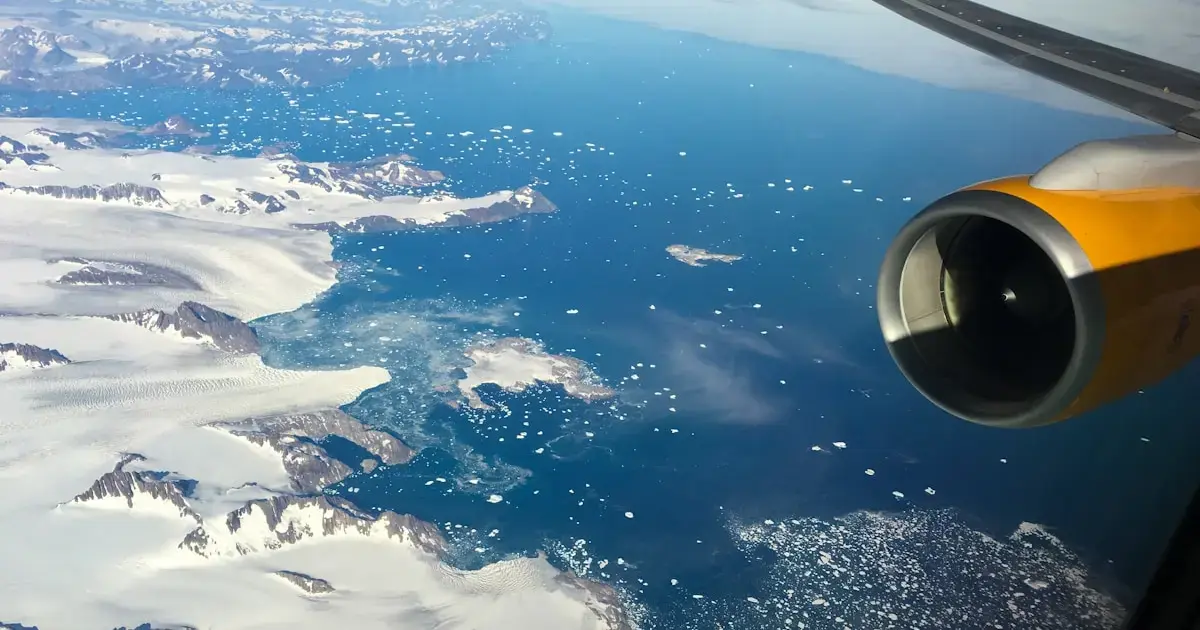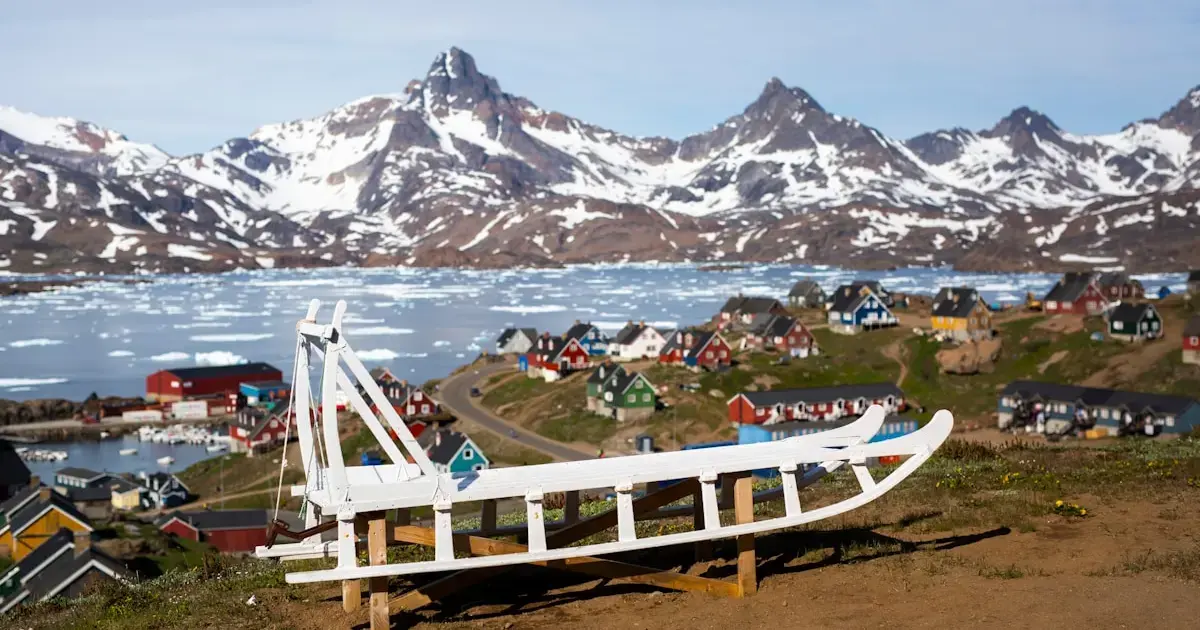 The largest island on the planet is behaving quite boldly these days. , an autonomous territory within the Kingdom of Denmark, is changing shape, compressing in some areas and expanding in others. Moreover, it is drifting northwest. In the context of , as the Earth loses more ice, these strange metamorphoses could negatively impact future navigation in the region.
The largest island on the planet is behaving quite boldly these days. , an autonomous territory within the Kingdom of Denmark, is changing shape, compressing in some areas and expanding in others. Moreover, it is drifting northwest. In the context of , as the Earth loses more ice, these strange metamorphoses could negatively impact future navigation in the region.
This is the conclusion of an international team of scientists led by the Technical University of Denmark (DTU). Over the past 20 years, they have analyzed GPS data, tracking 58 specific points across Greenland, as reported by Science Alert. The researchers observed that as the land shifts northwest by approximately two centimeters per year, the island expands in some areas while contracting in others.
“Overall, this means that Greenland is becoming slightly smaller, but in the future, the situation may change as melting accelerates,” explained geophysicist Danjal Longfors Berg, the lead author of the study.

What else did the scientists discover?
Greenland’s crust is primarily influenced by three geological forces: the movement of tectonic plates, the reduction of pressure on the bedrock as modern glaciers melt, and the so-called glacial isostatic adjustment – the movement in the Earth’s crust resulting from ice melting.
By utilizing a combination of data from global positioning stations across Greenland, computer modeling, readings from several thousand other GPS stations throughout North America, and assessments of movements over the past 26,000 years, the team was able to separate these three factors.
This research provided the most accurate measurements of Greenland’s movement to date, particularly regarding the island’s horizontal displacement. This work will help scientists improve future models of Greenland’s movement and better understand how the planet will respond to the impacts of .
“The ice that has melted over the past few decades has pushed Greenland outward and caused the land surface to rise, meaning that during this period, the territory of the island has actually increased,” said Berg.

“At the same time, we are observing how Greenland rises and falls due to prehistoric changes in ice masses associated with the last ice age and its conclusion,” the scientist added.
When such large ice masses form or disappear on Earth, the consequences can be unpredictable. Therefore, scientists continue to refine estimates of the potential impacts of ice loss around both poles.
“It’s important to understand land movements. They are, of course, interesting for geological sciences, but they are also crucial for geodesy and navigation,” Berg noted.
The study’s results were published in the journal Geophysical Research: Solid Earth.
Photo: Unsplash
